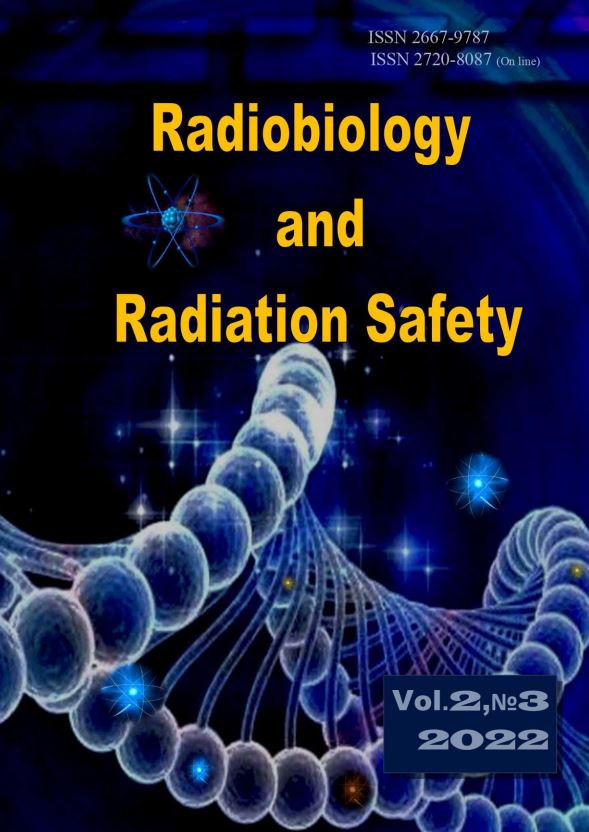Comparative Statistical Analysis Of Annual Variation Of The Intensity Of Galactic Cosmic Rays (In Tbilisi, Almaty, Apatity, Moscow, Novosibirsk And Rome)
Keywords:
Galactic Cosmic Rays, Neutron Monitors, TrendAbstract
Results of comparative statistical analysis of annual variation of the intensity of neutron component of galactic cosmic rays (CR) in Tbilisi, Almaty, Apatity, Moscow, Novosibirsk and Rome in 1995-2014 are presented. In the proposed work the analysis of data is carried out with the use of the
standard statistical analysis methods of random events and methods of mathematical statistics for the non-accidental time-series of observations. In particular, the following results are obtained. In Tbilisi, twenty-year averages of CR intensity are lower than in Almaty, Moscow and Novosibirsk, and higher than in Apatity and Rome. The linear correlation coefficient for real values of CR intensity between Tbilisi and other measurement points varies from 0.73 (Tbilisi-Apatity pair) to 0.81 (Tbilisi-Rome pair). Almaty and Rome are the most optimal measurement points for recovering missing data on the intensity of cosmic rays in Tbilisi. The time variability regression equations of galactic cosmic rays intensity for Almaty has the form of the third order polynomial, for all other measurement points - the fifth order polynomial. The linear correlation coefficient for trend + background components of values of CR intensity between Tbilisi and other measurement points varies from 0.78 (Tbilisi-Apatity pair) to 0.87 (Tbilisi- Almaty pair). The linear correlation coefficient for random components of values of CR intensity between Tbilisi and other measurement points varies from 0.27 (Tbilisi- Almaty pair) to 0.65 (Tbilisi – Moscow and Tbilisi - Rome pairs). Connection of linear correlation coefficient between different components of galactic cosmic rays intensity in Tbilisi and in other measurement locations (real data, trend + background and random components) with distance from Tbilisi have the form of the second power polynomial. Real data on the CR intensity for Tbilisi are very highly representative at a distance of up to 500 km from the measurement point and highly representative at a distance of at least 3200 km from this city.



